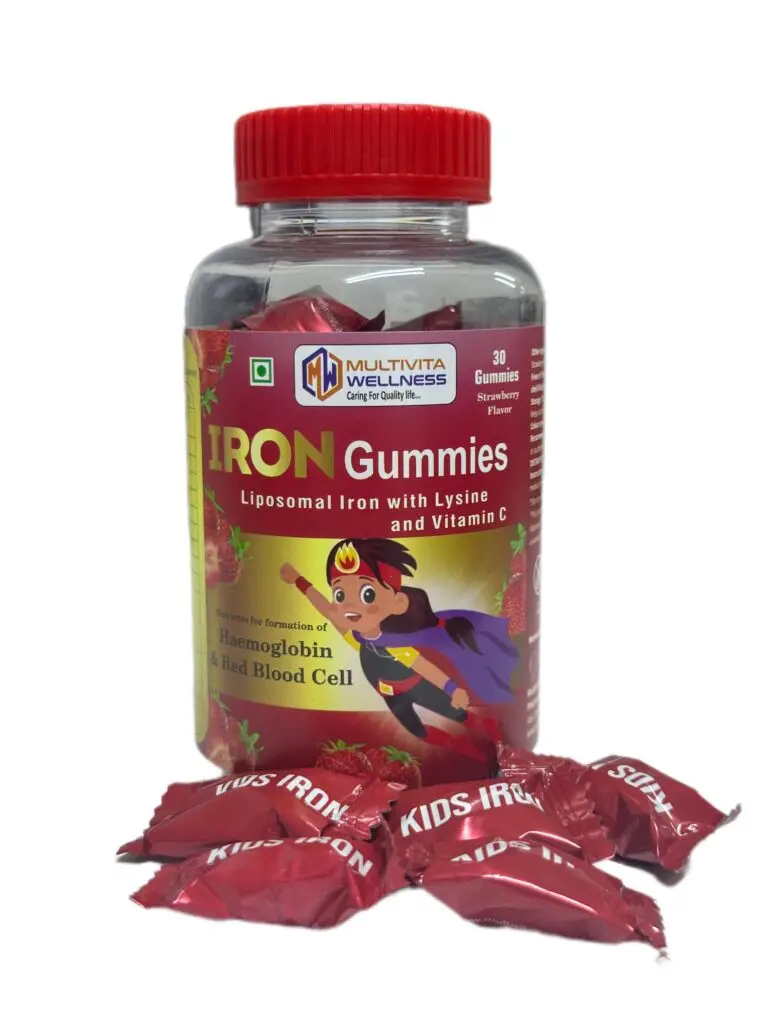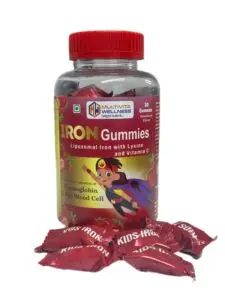Iron is an all-important part of the body. Its properties are leveraged to help blood hold onto oxygen and move electrons through the electron transport chain so you can make energy.
Iron Uptake
Iron can be taken in through the diet in three main forms: ferritins, heme, and non-heme. These three forms all have different digestion pathways throughout the gut and might, therefore, be taken up at different locations throughout the intestine.
Non-heme iron is the easiest to uptake, being broken down by basic stomach acid and enzymes. These have the easiest digestion and the earliest uptake in the gut.
The amount of nonheme iron taken in by the diet is significantly more than any other form. It remains the greatest contributor to the body’s iron level, despite having only a 2-20% absorption rate.
Heme iron comes mainly from meat and other living things that use iron for proteins like hemoglobin. The exact method for the absorption and digestion of heme-iron has not yet been discovered.
However, it is likely to be absorbed in the later two-thirds of the small intestine where it has the highest solubility. Only about 15-30% of the iron taken into the body in the heme form is actually absorbed into the body.
Ferritin that is left intact or only partially degraded needs to be brought into the body by being engulfed by a carrier protein and then transported through the intestine.
Ferritin iron sources that are broken down tend to congregate by the edge of the gut lining. They are converted to ferrous iron that can be readily transported into the bloodstream.
Iron does not last very long in the blood on its own with a half-life of about 75 minutes. Iron taken in by the diet is directly put up to good use for the synthesis of hemoglobin in the blood. About 80% of the iron is immediately used to make more red blood cells.
The remaining iron can be used for storage to be accessed at a later date. Iron is stored in the blood, but needs to be converted to a ferritin to avoid breakdown.
Iron and Blood
A red blood cell, also called an erythrocyte, is essential for your body as it delivers oxygen from the lungs to your cells and carries carbon dioxide back to the lungs for exhalation. While it might seem like these cells simply float along blood vessels and “deliver” oxygen like a package, the process is simpler and more efficient—thanks to chemistry.
When blood reaches the lungs, it becomes more alkaline, creating the perfect conditions for oxygen to bind to the red blood cells. From there, the heart pumps this oxygen-rich blood throughout the body. Eventually, the blood reaches areas that have been working hard and producing lots of energy, where it releases oxygen to fuel those cell
These cells have a lot of carbon dioxide waste to get rid of. This waste is put into the blood making it slightly more acidic. This change in acidity changes the binding potential for oxygen and it is released from the red blood cell, where it can be pushed along the concentration gradient into the tissues. Now the carbon dioxide can be transformed into bicarbonate and then carried back to the lungs.
This drop-off mechanism that the body uses in red blood cells is all thanks to a special protein called hemoglobin. Hemoglobin has a prefix that names it after one of its most important factors – iron.
When a hemoglobin protein folds up it creates an oxygen-sized slot held open by an iron connected to some nitrogen. When the blood acidity changes the tension actually changes amongst the iron and nitrogen atoms which changes the size of the slot. Oxygen in a red blood cell isn’t actually chemically bonded to the iron atom, but is slightly attracted to and then held in place until it is pushed out at the destination.
Without iron then there is no hemoglobin; without hemoglobin, there can be no red blood cells.
Anemia
When a person is anemic then they have a low red blood cell count. While this can be due to several reasons, one of the most common reasons is a low iron level. Life factors that can result in a reduced iron level include:
Blood loss (especially during heavy periods).
A diet that doesn’t have enough iron in it.
An increase in the body’s need for iron (like during pregnancy).
If you are experiencing iron-deficiency-induced anemia then you may feel several symptoms including:
Exhaustion
Paleness
Difficulty breathing
Fast heartbeat
Easier bruising
Dizziness
Headache
Feeling cold (especially in the extremities)
Treatment of Iron-deficiency induced anemia is one of the greatest use cases for supplementation with iron gummies, but you could also get iron from other dietary sources as well.
Who Benefits Most From Iron
Iron deficiency is a common problem among women with a low-iron diet since they cannot store nearly as much iron as men and tend to have more blood loss due to their monthly cycles.
Women with consistently heavy cycles should be conscientious of their iron levels as they can drop more than other women. If you have several symptoms associated with iron-deficiency anemia and have had a recent increase in loss of blood then you may have an iron deficiency.
Supplementation with an iron supplement is a great way to help restore your iron levels and get you feeling like yourself again.
Summary
Iron is a metallic element that we use in our bodies for making energy and transporting oxygen. When we consume iron it comes in three different forms which all have different digestion mechanisms. In the blood, iron needs to be in a form known as ferritin in order not to break down, but most of the iron you take in through the diet is immediately put to use to make more hemoglobin.
Hemoglobin is a functional protein found in red blood cells. It forms the perfect-sized compartment for oxygen to slide into. When hemoglobin reaches a more acidic area, like the tissues, the compartment shrinks, popping out oxygen for delivery.
Without hemoglobin, blood cannot be formed, leading to some unwanted symptoms, particularly for women who are much more likely to develop an iron deficiency due to various factors. Decreasing iron deficiency is as simple as taking an iron supplement or eating more iron-rich foods. Talk to your healthcare provider if you have continuing or worsening symptoms.
Sources:
Structure-function relations of human hemoglobins | Baylor University Medical Center Proceedings
Iron-Deficiency Anemia | National Heart, Lung, and Blood Institute
Present Knowledge in Nutrition, 10th Edition – Chapter 33: Iron | Peter J. Aggett
Hemoglobin and Functions of Iron | UCSF Health





